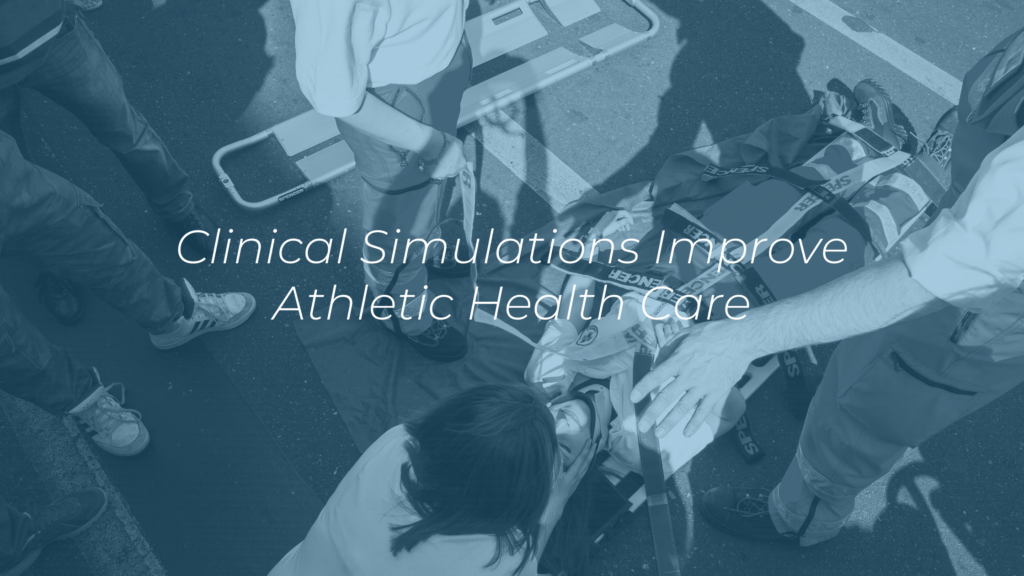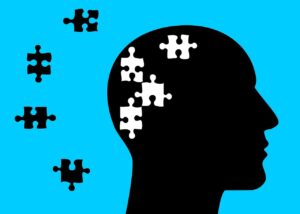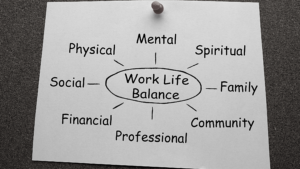How Higher Education Institutions are Using Clinical Simulations to Improve Athletic Health Care
When COVID-19 gripped the world in March of 2020, many of us were unsure how this would affect our lives. In the early stages of the pandemic, we watched as weddings and senior graduation ceremonies were canceled or moved virtually. Sports games, practices, and clinical training methods were postponed or later removed. Before we knew it, a whole new way of life began to take shape. In the sports medicine industry, this left us with many questions. What would this mean for athletics? For sports training and clinical education? For graduate students who would soon enter the workplace?
Through my decade-long career as a sports medicine professional, I’ve come to understand the traditional approach to teaching sports medicine proficiencies has a limited way of delivering hands-on support and training to appropriately prepare graduates of an athletic training education program for real-life settings. Although students have been able to practice with a classmate or observe the injury or scenario in a clinical setting, still, they never could practice it in a simulated environment before entering the workforce.
When in-person training and classes became virtual and clinical immersion site restrictions grew tighter due to the pandemic, this welcomed an increase of challenges for students to get the appropriate clinical experience before graduating. At the same time, we were met with new standards from our Commission on Education Accreditation that introduced new proficiency requirements for graduates of an athletic training education program.
A New Way to Teach
As a result of these updated education accreditation standards, I recognized the difficulties these new regulations (especially during COVID) presented to education programs and students. This presented a unique opportunity to introduce a new simulation technology that teaches students how to respond to weaknesses, learning styles, or grave injuries to better prepare them for these varied situations in their professional careers. The introduction of this new technology can provide students and education programs with the ability to engage in or incorporate simulated clinical experiences, which can help increase clinical performance and overall athlete safety.
When most think of implementing simulation scenarios, high-level trauma or rarely seen scenarios often come to mind. However, implementing novel clinical education techniques that mimic clinical practice within higher education sports medicine departments should reflect that of a professional development analysis through quality improvement or the strategic planning technique, SWOT Analysis (strengths, weaknesses, opportunities, and threats). By assessing, educating, and helping learners self-identify gaps in their understanding, it will help them better recognize opportunities for improvement and application of knowledge.
Giving managers and decision-makers in higher education departments the ability to add on these simulations will complement their existing education curriculum and allow students to have non-consequential practice while developing their skills. These simulations create environmentally specific, high-fidelity practice opportunities that enable the brain to have simulated training before doing it independently. Not only will the students feel confident in entering the workforce, but educators, too, in knowing their graduates are more than prepared for independent clinical practice—all of which will result in better performance, training, and aid in athlete safety, too.
The Future of Sports Medicine & Beyond
With the pandemic still very much amongst us, many clinical immersion sites have not reopened or have restrictive procedures that don’t enable students to receive the hands-on experience and support they truly need at this stage in their profession. With online and distance learning still everpresent, this presents simulations as a great place to start to get students reintroduced to patient care.
Additionally, several students and families have been financially impacted by the pandemic, limiting their ability to take on an unpaid internship, resulting in being forced to start in a professional practice before they’re ready. Simulations will help give them competency, confidence, and knowledge before entering the workforce.
The benefits of this simulation technology don’t just apply to the sports medicine industry, but several others, too. Since many clinical skills allow for minor errors in the healthcare space, practicing them with high fidelity simulation will enable students to develop skills and techniques that they could only learn in a real-time, real environment, and real stake scenarios.
Students who participate in simulations graduate with more confidence, a greater ability to react or render care, and higher decision-making skills. Plus, simulation-related learning is an added benefit for resumes, and it can help students stand out to potential employers as an advanced learning skill.
+++++++++++++++++++
Alisha Pennington MS, ATC, Owner of ATvantage, is a certified Athletic Trainer and business owner with over ten years of experience identifying gaps in the athletic training industry and developing innovative solutions to address them. For more information on ATvantage and Alisha’s work, visit her website, Facebook, and Instagram channels.






